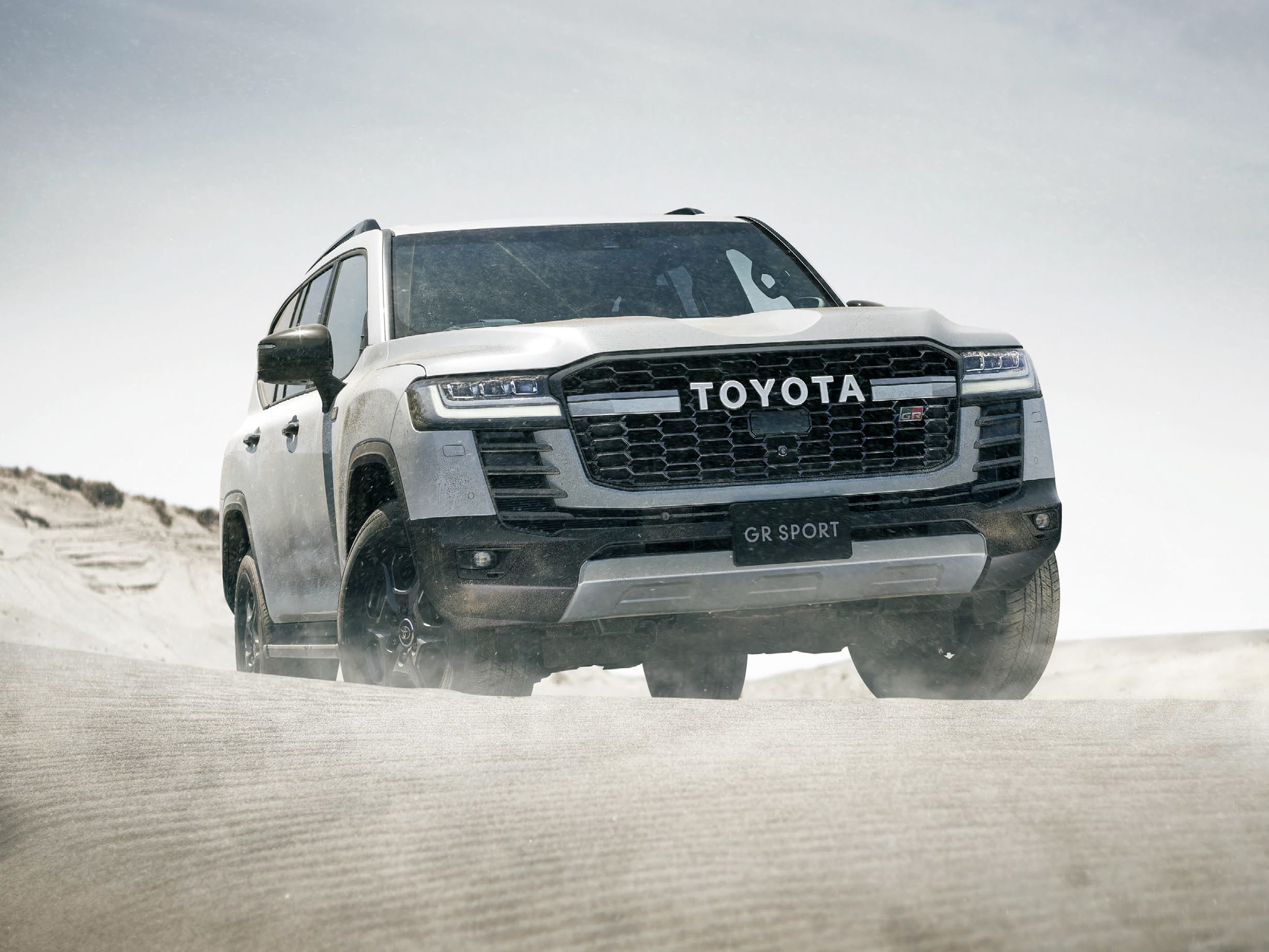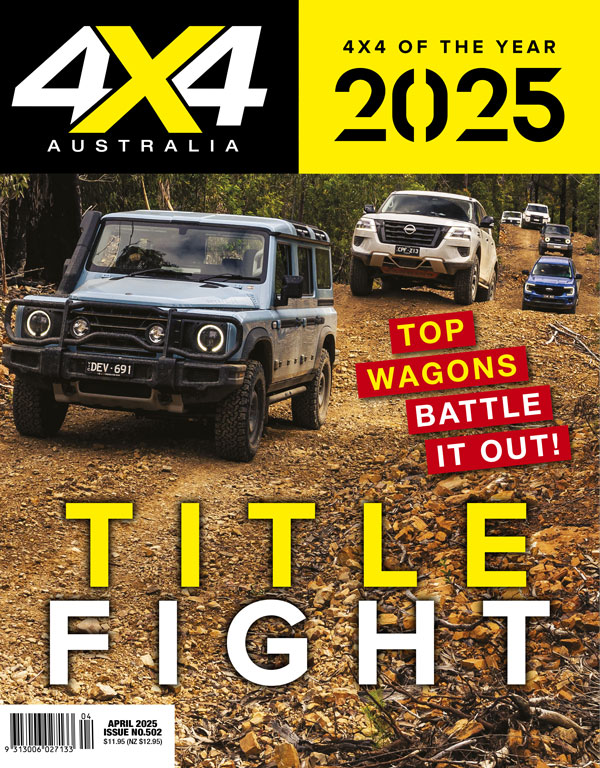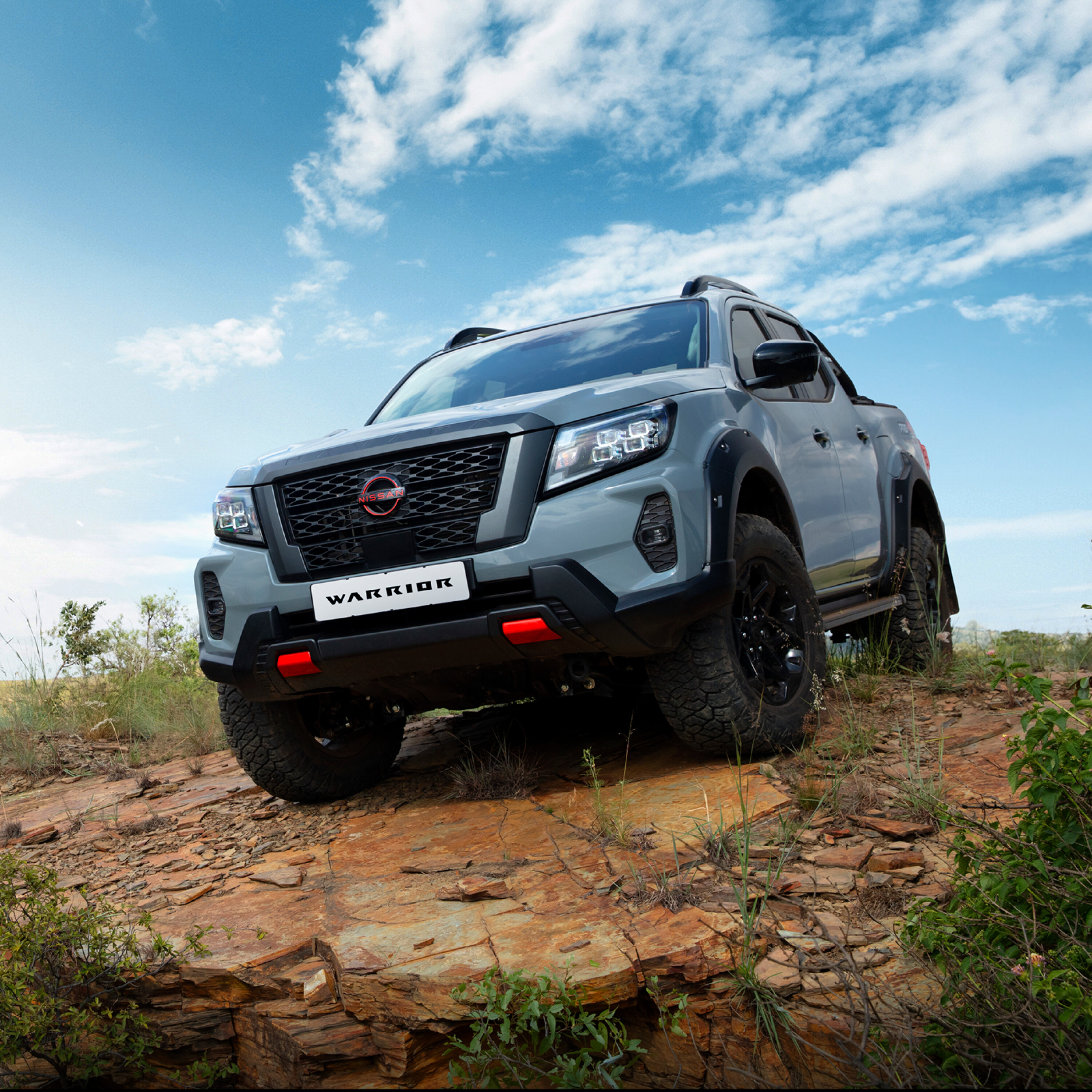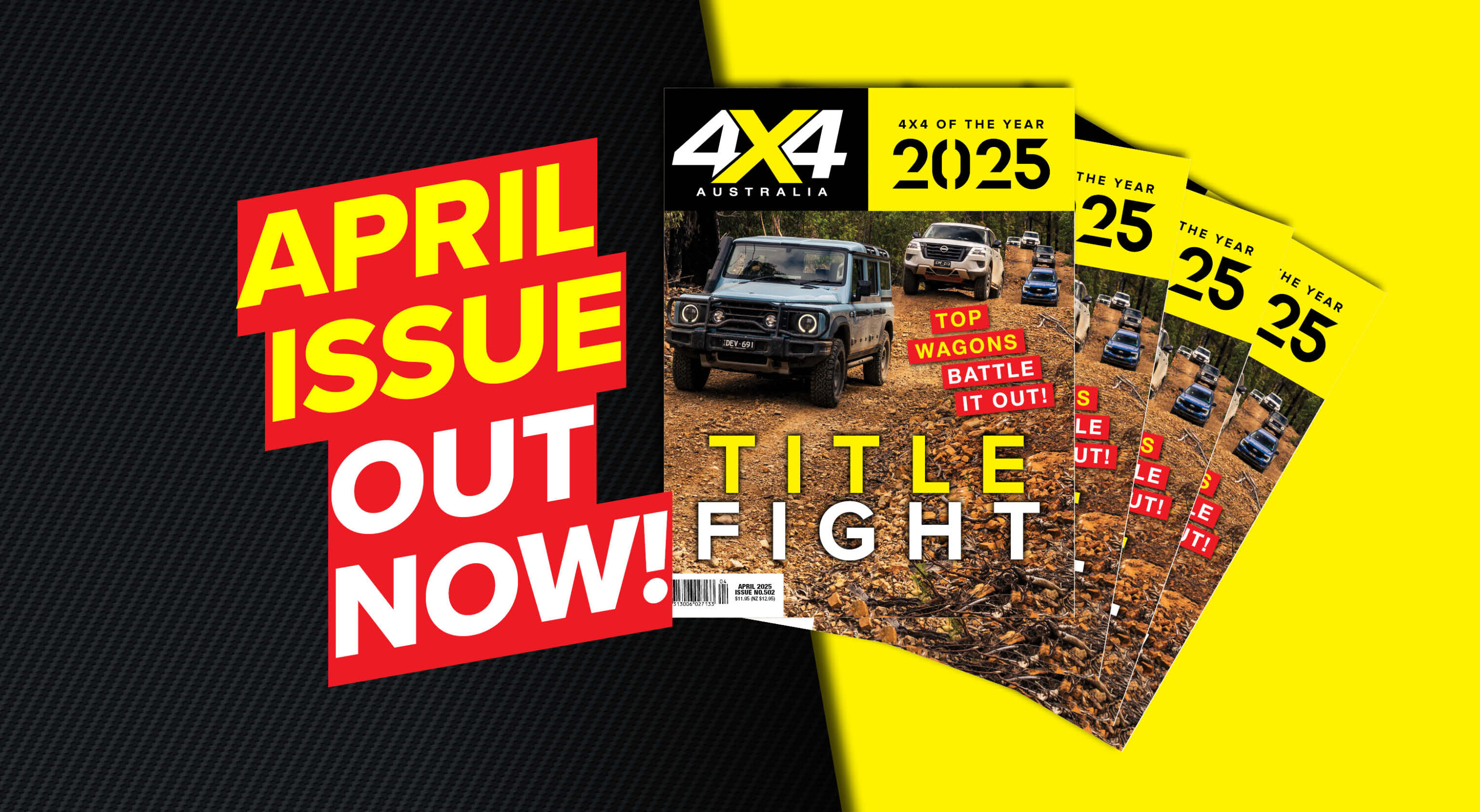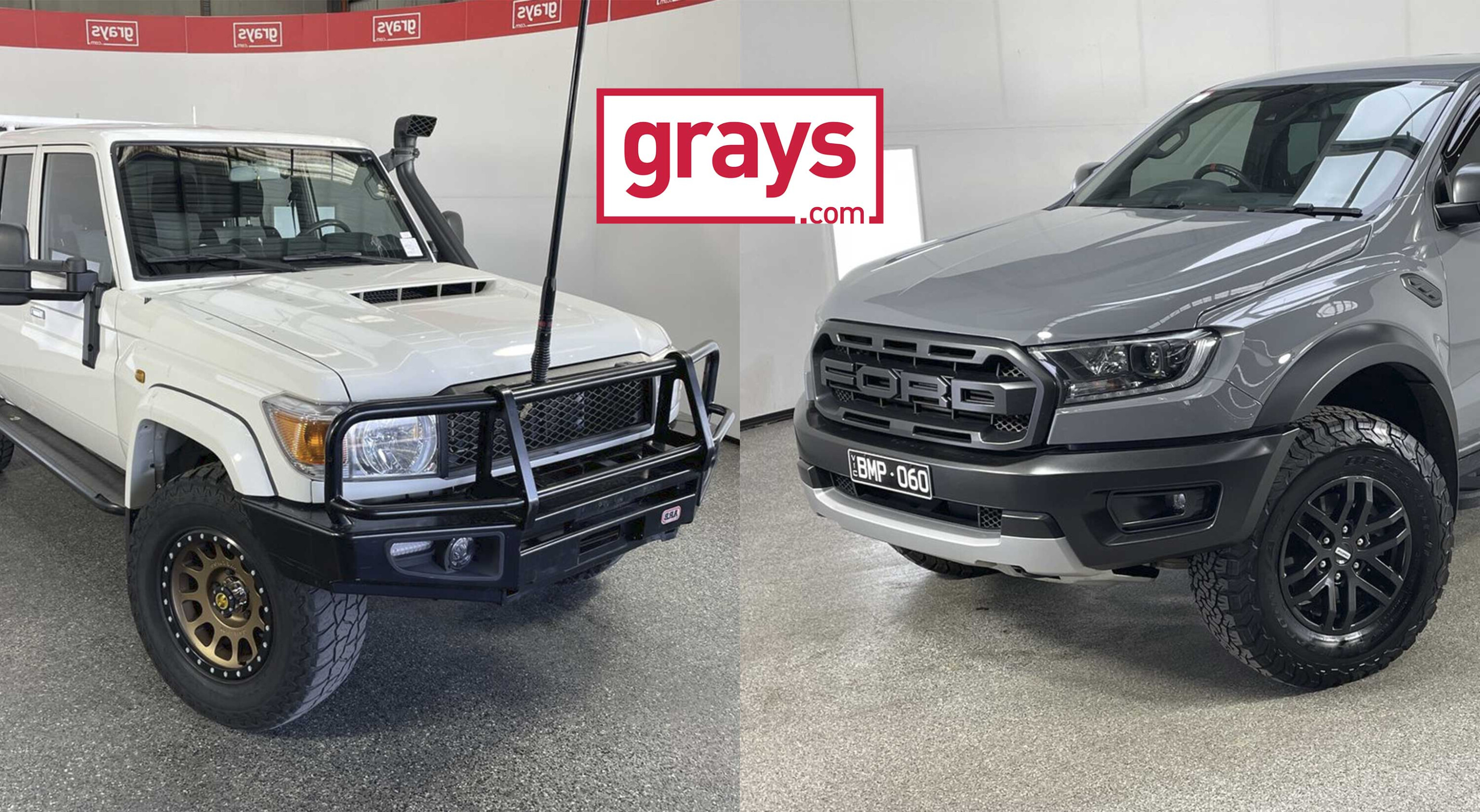Snapshot
- Six variants confirmed to land locally
- All LC300 trims to be powered by V6TT diesel
- Five and seven-seat options available
The new Toyota LandCruiser 300 Series has been officially homologated for Australia ahead of the model’s release later this year, with the Japanese manufacturer receiving Government clearance to sell its latest off-roader.
Officially unveiled in June, the LC300s will be exclusively powered by the new F33A-FTV 3.3-litre, twin-turbo V6 diesel engine which produces 227kW and 700Nm, mated to a ten-speed automatic transmission which sends power to all four wheels.
While international models will wear SX, ZX and VX-R badging, it is likely the Australian arrivals will adopt the existing GX, GXL, VX and Sahara names, with the GR Sport and Sahara ZX expected to arrive as the model’s range-topping variants.
UPDATE, October 14 2021: The LC300 has now made its proper Australian debut, and you can read and watch our full first-drive review here.
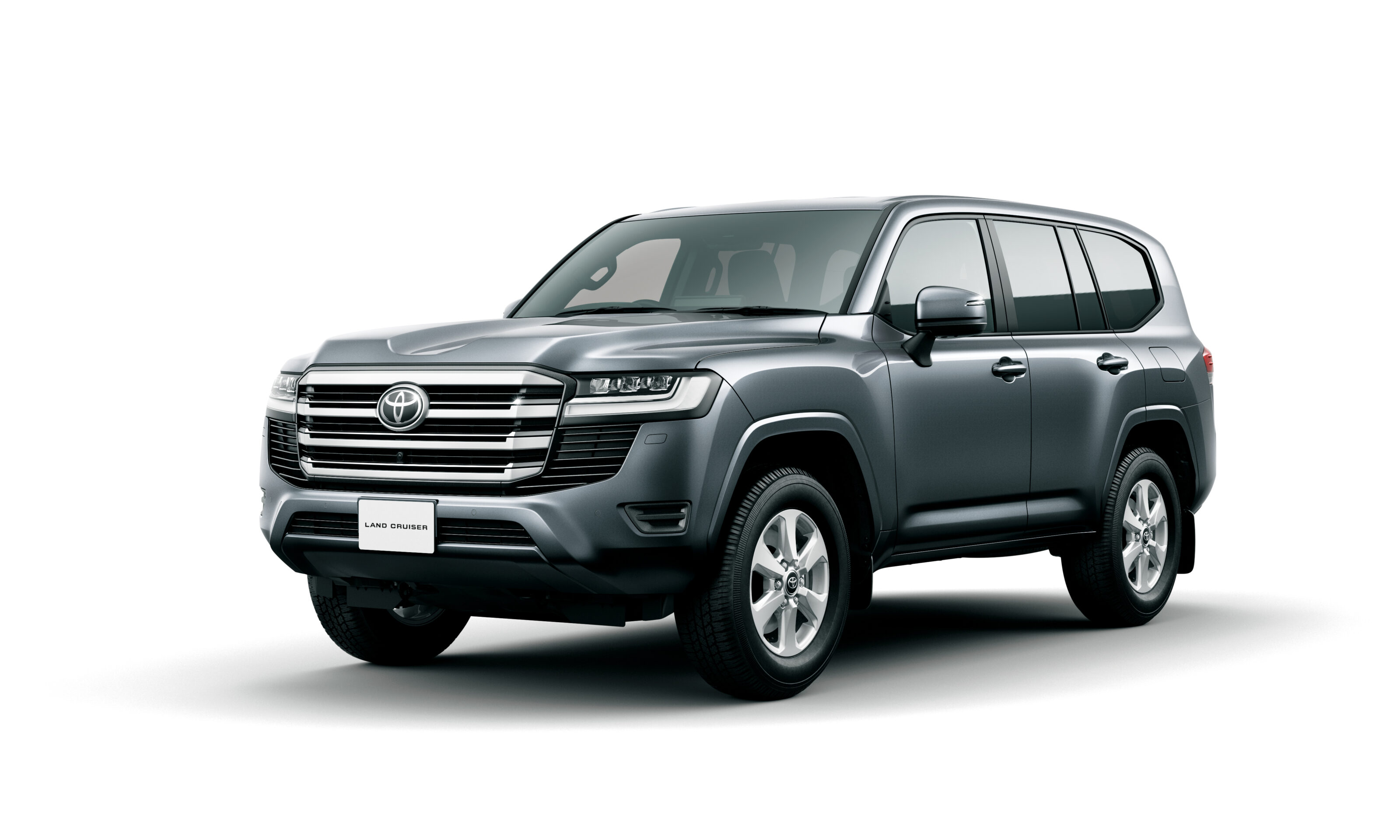
Government documentation shows six variants have been homologated for local release, with at three of the trims to be offered as seven-seat options as the remaining three are only available as five-seaters.
Below is a breakdown of the six variants and their potential names.
| u00a0 | Length (mm) | Width (mm) | Height (mm) | Wheelbase (mm) | Tare Mass (kg) |
|---|---|---|---|---|---|
| GX | 4980 | 2000 (w/snorkel) | 1950 | 2850 | 2410 |
| GXL | 4980 | 1980 | 1950 | 2850 | 2545 |
| VX | 4980 | 1980 | 1950 | 2850 | 2525 |
| Sahara | 4980 | 1980 | 1950 | 2850 | 2495 |
| Sahara ZX | 5015 | 1980 | 1950 | 2850 | 2570 |
| GR Sport | 4995 | 1990 | 1950 | 2850 | 2580 |
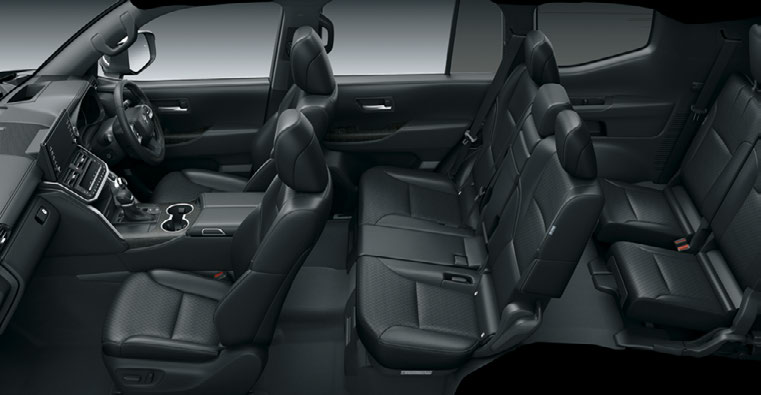
The entry-level GX is set to ride on 17-inch wheels with 245/75 tyres, stepping up to 18-inch alloys and 265/65 rubber on the GXL, VX, Sahara and GR Sport while the Sahara ZX gains 20-inch wheels, shod in 265/55s.
Toyota has also confirmed international versions of the LC300 will feature an engine start button with a fingerprint sensor, only turning on the vehicle if the finger used is registered to the vehicle.
Having recently celebrated 70 years of LandCruiser, Toyota announced it will also be producing limited edition 70 Series models to mark the occasion, based on the single cab, dual cab and wagon body shapes.
We recommend
-
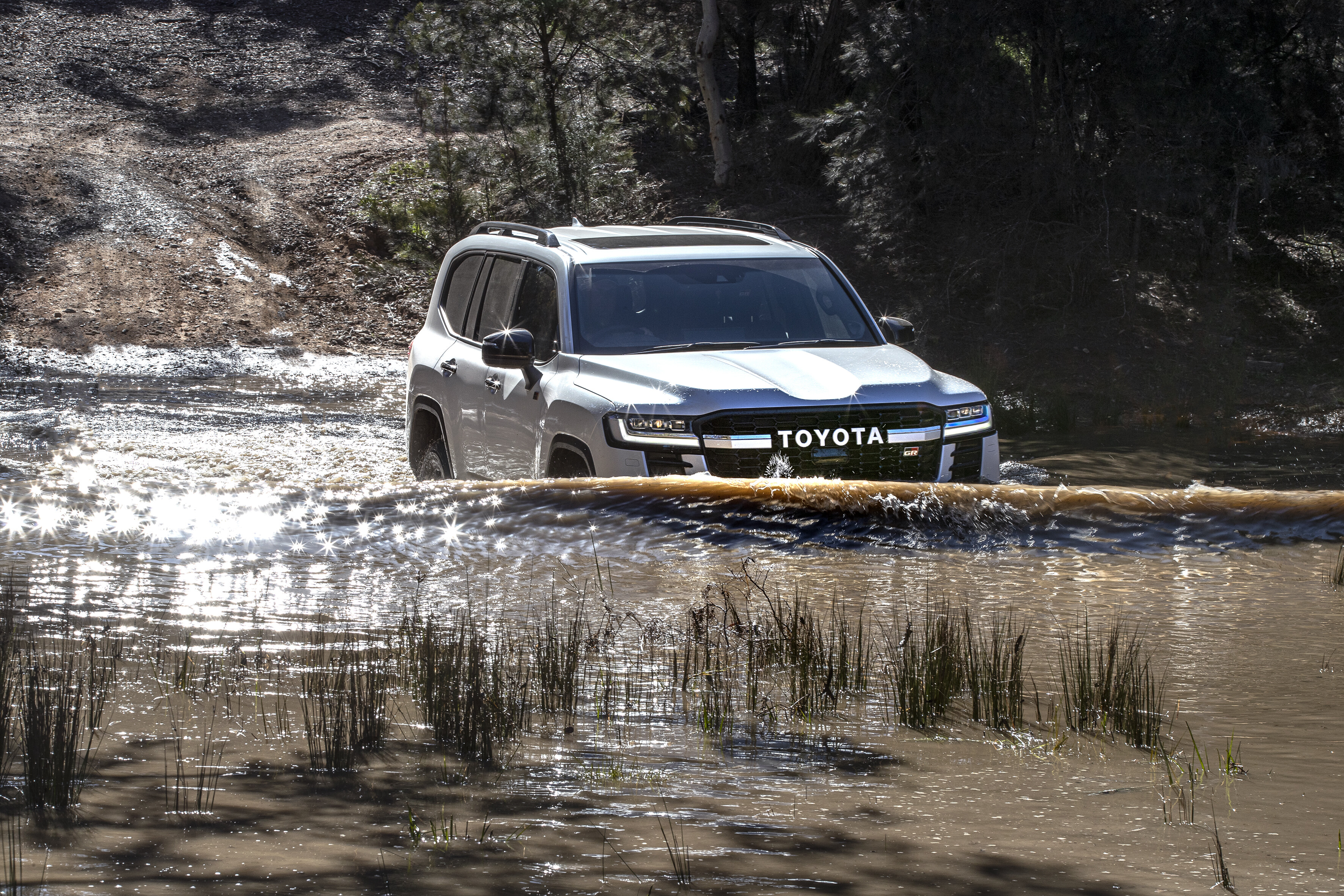 Reviews
ReviewsFirst Drive: 2022 Toyota LandCruiser 300 Series
Toyota LC300 driven on- and-off road; is this actually the best LandCruiser ever made?
-
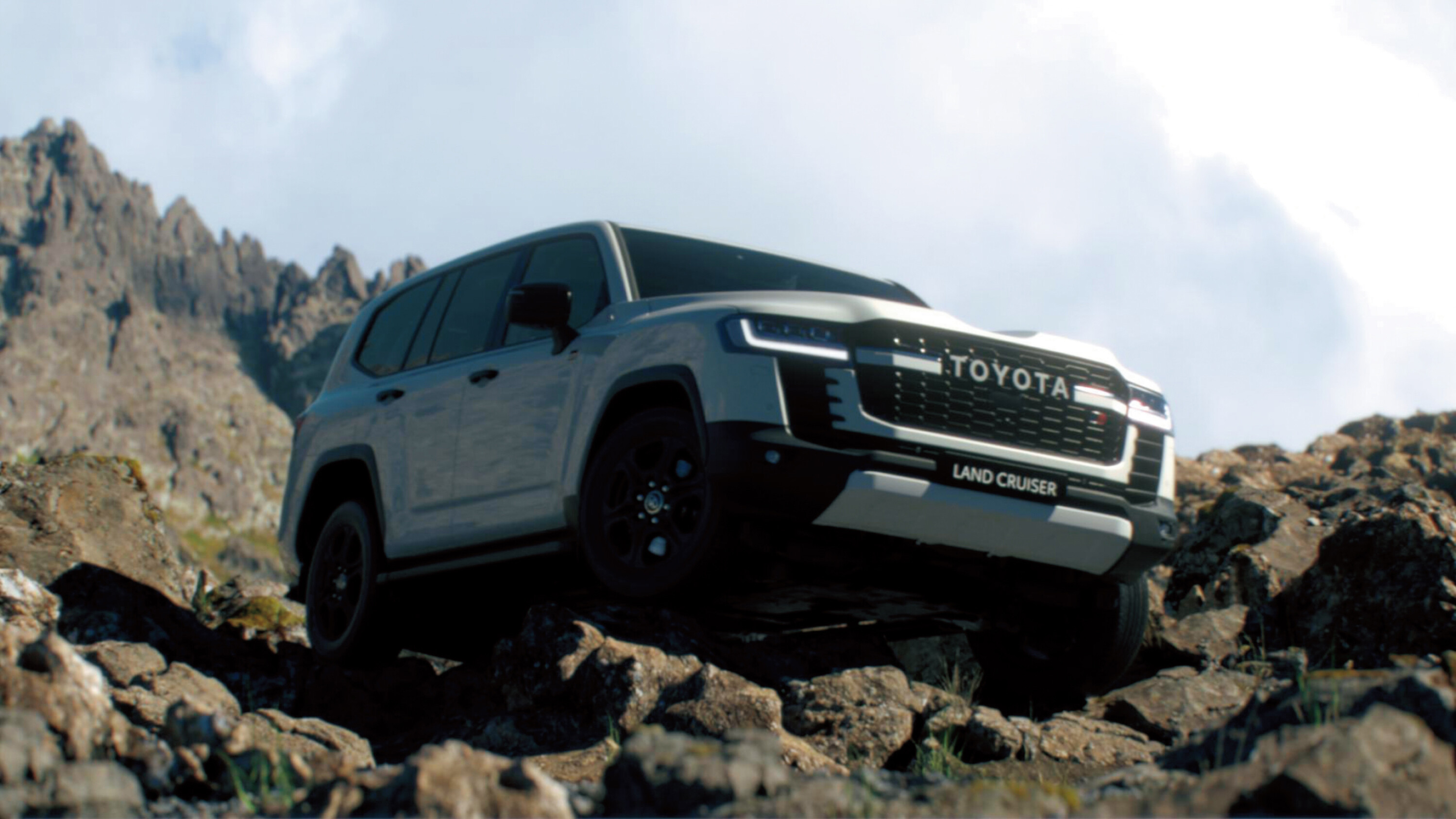 News
News2022 Toyota LandCruiser 300: Everything we know about Toyota's big new SUV
One of the most anticipated off-roaders of 2021 has officially arrived
-
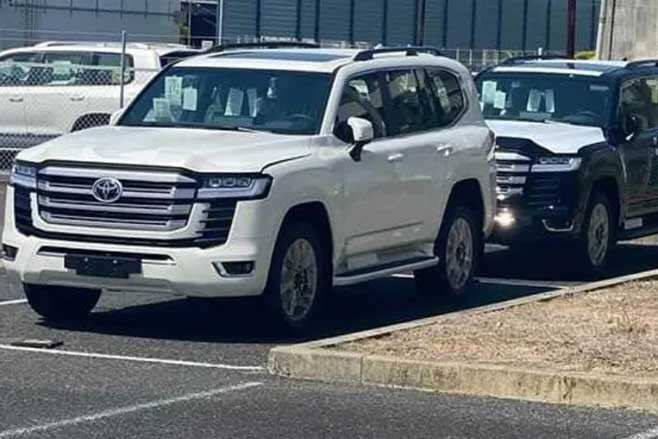 News
NewsAll-new LC300 to get higher payload
Six-lug wheels hint at a higher payload for the next-gen LandCruiser


